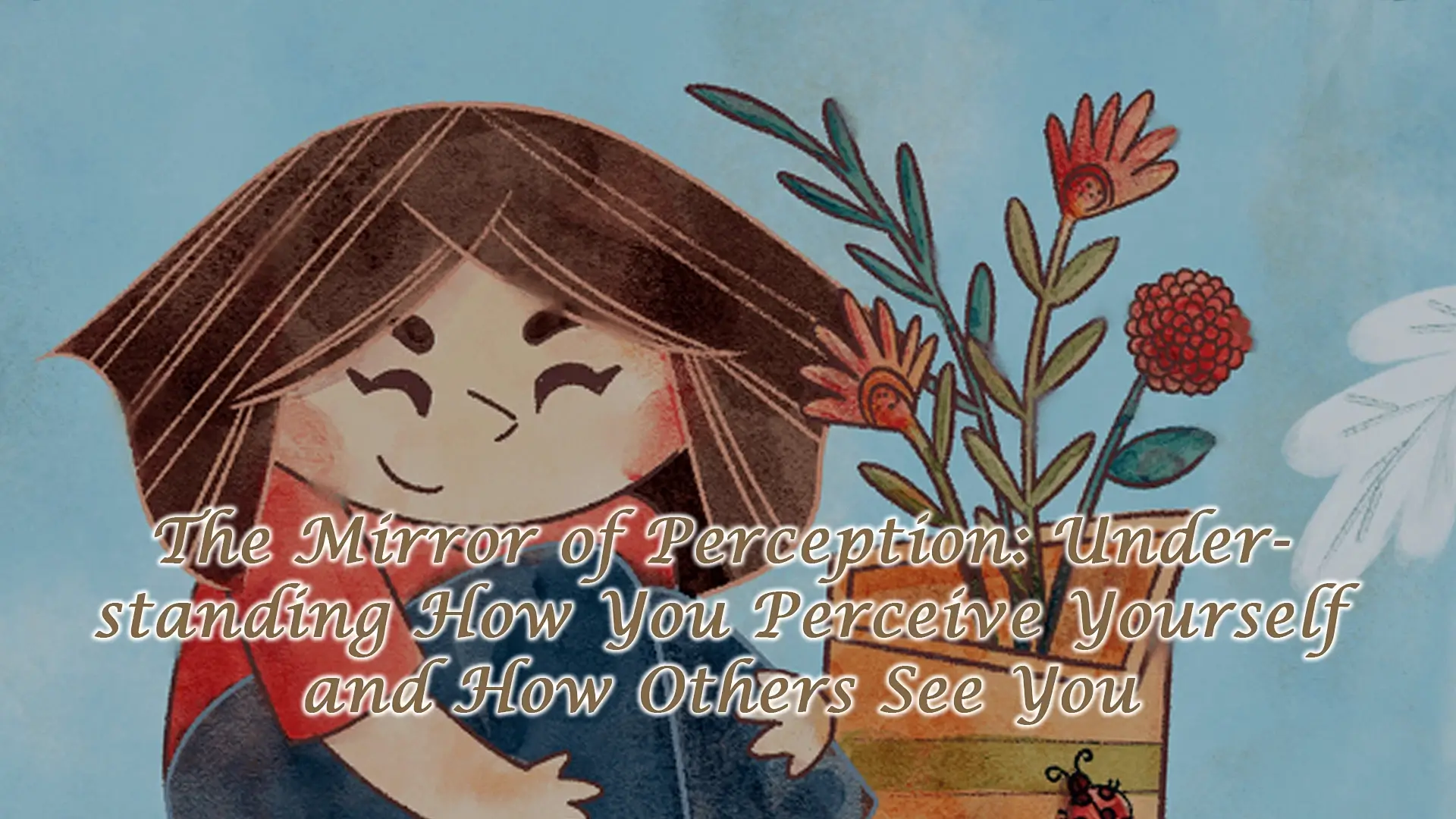In the fast-paced and ever-changing landscape of modern relationships, a unique phenomenon known as “Living Apart Together” (LAT) has emerged as a compelling alternative to traditional cohabitation. This unconventional approach to intimacy challenges societal norms by allowing couples to maintain separate residences while sustaining emotionally fulfilling connections. In this article, we will delve into the intricacies of Living Apart Together, examining the dynamics, benefits, and challenges associated with this contemporary relationship model.
Living Apart Together is not a new concept, but it has gained prominence in recent years as individuals and couples seek innovative ways to navigate the complexities of modern life. Unlike conventional relationships where partners share a single living space, LAT couples intentionally choose to live in separate homes while maintaining an intimate and committed connection.
The dynamics of Living Apart Together vary widely, with couples establishing their own unique arrangements to suit their needs and preferences. Some may live in close proximity, allowing for frequent visits, while others may be geographically distant, relying on technology to bridge the gap. Regardless of the specifics, LAT relationships are characterized by a commitment to emotional intimacy, shared values, and mutual respect.
One of the primary motivations behind choosing a Living Apart Together arrangement is a desire for individual freedom and independence. In a world that values personal autonomy, many individuals find solace in maintaining their own space while still enjoying the emotional support of a committed partner. This setup allows for personal growth, career development, and the pursuit of individual interests without compromising the integrity of the relationship.
Moreover, Living Apart Together can be particularly appealing to those who have experienced the challenges of cohabitation in the past. For some, the traditional model of living together may lead to feelings of suffocation or a loss of personal identity. LAT offers a solution by providing the best of both worlds – a deep emotional connection without sacrificing personal space and autonomy.
While Living Apart Together has its advantages, it is not without its challenges. One of the most significant hurdles LAT couples face is societal judgment and misunderstanding. Traditional norms often dictate that a successful relationship involves sharing a home, and those who choose to live apart may face skepticism or criticism. Navigating societal expectations while staying true to one’s relationship choices requires resilience and confidence in the unconventional path chosen.
Communication is a cornerstone of any successful relationship, and in Living Apart Together arrangements, effective communication becomes even more critical. LAT couples need to establish clear expectations, boundaries, and methods for staying connected despite physical separation. This may involve regular visits, virtual communication, or creative ways to maintain a sense of togetherness.
Despite the challenges, Living Apart Together has been shown to foster resilience and adaptability within relationships. The intentional choice to live separately encourages partners to invest time and effort in building a strong foundation based on trust, communication, and shared values. LAT couples often report a higher level of satisfaction with their relationships, emphasizing the quality of connection over the quantity of time spent together.
In And so, Living Apart Together is a fascinating and evolving phenomenon that challenges traditional notions of relationships. By prioritizing individual autonomy and emotional connection, LAT couples are reshaping the landscape of modern love. As society continues to evolve, so too will the ways in which we approach intimacy, commitment, and the pursuit of happiness in our relationships. Living Apart Together stands as a testament to the diverse and dynamic nature of human connections in the 21st century.




An insightful exploration of ‘Living Apart Together’—reshaping connections in our dynamic, modern landscape with independence and closeness.